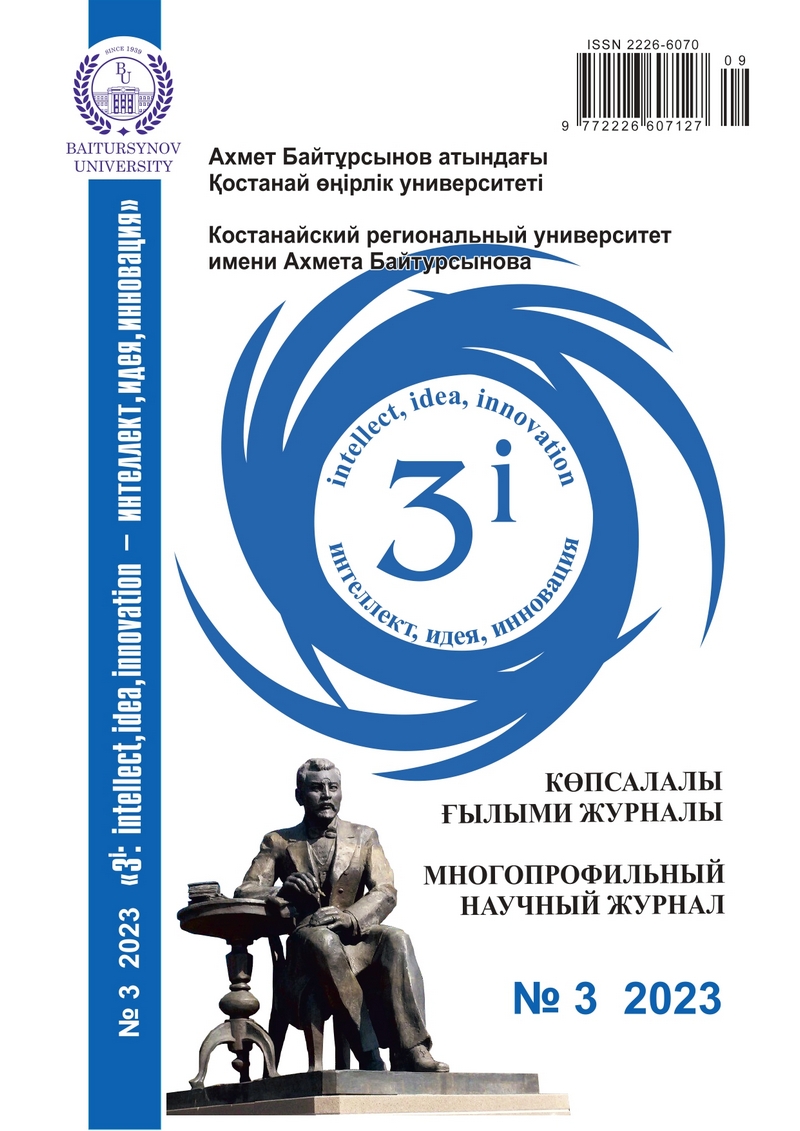REFINING OF STATIONARY CULTIVATION MODES OF THE EHV-1/K STRAIN OF EQUINE RHINOPNEUMONITIS VIRUS
DOI:
https://doi.org/10.52269/22266070_2023_3_3Keywords:
equine rhinopneumonia, virology, accumulation kinetics, cultivation, vaccine, EHV-1, equine herpesvirusAbstract
The purpose of these studies is to develop stationary cultivation regimes to determine the most effective ways of viral antigen accumulation while controlling the accumulation kinetics. The novelty of the conducted research is the use of modern methods for analyzing the kinetics of accumulation of the equine rhinopneumonia virus in various modes. Modern production of immunobiological preparations and diagnostic test systems relies primarily on cost-effectiveness. Traditionally, for the accumulation of virus-containing material, a stationary cultivation method is used, which has a number of advantages, primarily associated with the absence of the need for expensive equipment, consumables, and great opportunities for controlling fungal and bacterial contamination, with low staff qualifications. Virological, microbiological, technological and analytical methods of management and control of stationary cultivation of the EHV-1 strain of equine rhinopneumonia virus were used in the work.
As a result of the research, a mathematical model of stationary cultivation of the EHV-1 strain was developed, based on the influence of external and internal factors on the kinetics of virus accumulation, with subsequent implementation of the results into the production process. With a standard production process, the biological activity of the virus was 5.75 lg TCID50/cm3, which, when recalculated, is 500 thousand viral particles per 1 cm3, and when the production process was modified using a mathematical model, the virus activity was raised to 6.5 lg TCID50/cm3 , which, when recalculated, is 3 million viral particles per 1 cm3.




